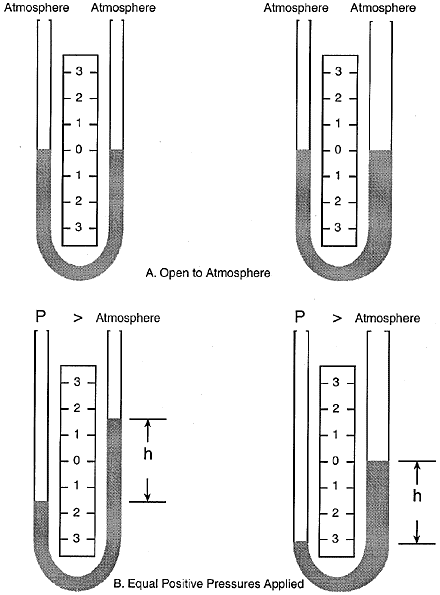- Messages
- 43
I'm talking about an open vented (heat only boiler) system here. While adding some more loft insulation I noticed a little surge of water coming into the bottom of the F&E tank every time the circulating pump switches off (and a little draw down when it starts). Nothing is present at the mouth of the vent pipe (not a pump over problem). The water in the tank can sometimes be a little cloudy and warm as well.
The layout of the pipework is exactly as recommended in the Boiler installation manual: close coupled feed and vent in the sequence: feed, vent, pump all well within 150mm of each other. The pump is on the primary flow pipe just before the S plan valves.
The heating system otherwise works just fine - with the exception being the occasional bubbling sound and need for certain radiators to be bled a little now and then. I know the feed pipe has a clear path to the system as witnessed by the rapid filling after drain-down. The vent pipe should also be in good shape (I replaced the original 22mm pipe with 28mm after experiencing pump-over from day one of the house being built - another story!).
What I understand is that there is nowhere for the water displacement to go other than to compress/expand trapped air which may be present even though I tend to bleed it off when I suspect it's there - OR for the pressure change (pump start/stop) to shift water between the F&E tank and the open vent pipe? How I wish I could see the level of the head in the vent pipe! If this was going up when the level in the tank drops and vice-versa then that would fit the bill but why would this not always be a problem for all vented systems?
The layout of the pipework is exactly as recommended in the Boiler installation manual: close coupled feed and vent in the sequence: feed, vent, pump all well within 150mm of each other. The pump is on the primary flow pipe just before the S plan valves.
The heating system otherwise works just fine - with the exception being the occasional bubbling sound and need for certain radiators to be bled a little now and then. I know the feed pipe has a clear path to the system as witnessed by the rapid filling after drain-down. The vent pipe should also be in good shape (I replaced the original 22mm pipe with 28mm after experiencing pump-over from day one of the house being built - another story!).
What I understand is that there is nowhere for the water displacement to go other than to compress/expand trapped air which may be present even though I tend to bleed it off when I suspect it's there - OR for the pressure change (pump start/stop) to shift water between the F&E tank and the open vent pipe? How I wish I could see the level of the head in the vent pipe! If this was going up when the level in the tank drops and vice-versa then that would fit the bill but why would this not always be a problem for all vented systems?







 I guess we're just spinning our wheels until either all the air is given up or I find a leak. I copied your trick of turning off the supply tap to the F&E tank to see if fresh water is being drawn in. I even stationed a Raspberry Pi camera looking at the tank level (where my video above came from). I haven't seen any losses yet.
I guess we're just spinning our wheels until either all the air is given up or I find a leak. I copied your trick of turning off the supply tap to the F&E tank to see if fresh water is being drawn in. I even stationed a Raspberry Pi camera looking at the tank level (where my video above came from). I haven't seen any losses yet.